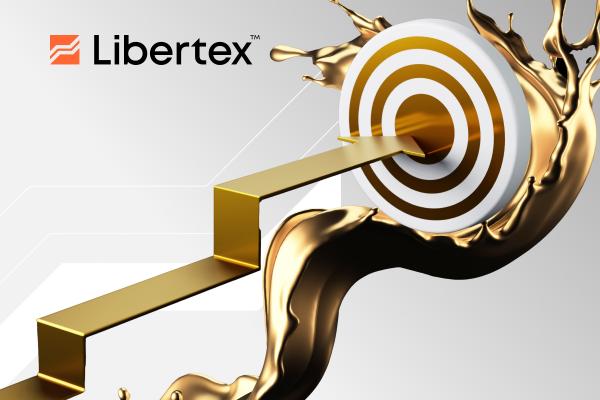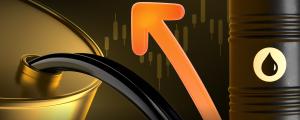It's been a long while since gold was in the headlines. We'd have to go back to 2021 when the post-pandemic inflation hit hard, and savings began to evaporate. Even then, gold only gained around 10%, rising from $1,800 in mid-2021 to a hair below $2,000 in early 2022. As it happened, some of these gains were masked by the simultaneous strength of the dollar, but, in general, this dynamic is typical of the way gold behaves.
They don't call the yellow metal a store of wealth for nothing. The gains are slow and steady and rarely outperform inflation, but they do offer robust protection against external pressures on cash. That said, gold has meanwhile been plugging away quietly and unassumingly, as is its wont. As of 29 May, its price stands at a very respectable $2,350, almost 50% above its 2022 low of $1,644 per Troy ounce. Make no mistake: this is a big move for gold and some have suggested a sign of things to come.
Between central bank monetary policy, the wider macroeconomic situation, and increasingly severe geopolitical instability across the world, all the factors for a precious metals super-cycle are in place. In this context and with the way paved for further capital influxes into gold and silver, we'll take a look at some of the specific factors that are likely to guide the trajectory of these special commodities in the months (and possibly years) to come.
Making reservations
When it comes to central banks and precious metals, most of us think of monetary policy as the leading influencer of prices. And while this is undoubtedly a major mover of markets, the impact that major regulators can have goes far beyond interest rates. As guarantors of an entire fiat currency, central banks require significant reserves and are, therefore, massive holders of gold.
At present, they are actively purchasing large amounts of the yellow metal, and UBS analysts expect them to reach yet another near-record high this year. The major Swiss bank predicts that official gold reserves will grow between 950 and 1,000 tonnes this year, while data from the World Gold Council shows that they rose by more than 1,000 tonnes in each of the last two years. According to UBS, the People's Bank of China will continue to dominate the gold market as it seeks to build trust in the yuan as a global trading currency to match the dollar.
Indeed, one of the main reasons that global regulators, particularly in Asia, are purchasing gold in such quantities is to reduce their reliance on the US dollar as the world reserve currency. Events in recent years, including asset freezes and reappropriations in response to sanctions, have been a message to many up-and-coming nations that they would be wise not to put all their eggs in one politically sensitive basket but rather to buy a golden goose, so to speak.
Changing times
As we all know, gold is a haven asset, a favourite of fixed-income and risk-averse investors. In the recent climate of above-inflation interest rates, Treasury bonds have been more attractive than they've been for a long time. You'd have to go back nearly 20 years for another time when yields on the 2-year T-note were close to 5%. Despite this huge competition, though, gold has still managed to make solid gains in 2023-2024. But with rate cuts close at hand, there could be so much more upside to come.
According to the CME FedWatch Tool, markets are expecting the Federal Reserve to leave interest rates unchanged through the summer but assess the probability of a cut in September at 50/50. Inflation remains above target, and so the interest in low-risk, wealth-preserving alternatives to savings accounts will remain strong, and with lower interest rates (and, by extension, Treasury yields), gold will be almost running unopposed. In fact, USB analysts have also stated that lower interest rates will reduce gold's "opportunity cost" and attract Western investors back to gold-backed ETFs, calling the coming monetary softening the "next key catalyst" for gold and the basis for its 12-month prediction that sees gold at $2,700 by June 2025.
Beyond that, we've got the continued and indeed deepening geopolitical uncertainty, which has always been a long-term positive for gold. Eastern Europe remains unstable, while Israel-Iran relations deteriorate by the day, and US-China trade tensions continue to grow. Then, there's the upcoming US presidential election, one of the most uncertain in living memory. All of the above are likely to help gold cement above the key resistance of $2,500.
Trade gold and more CFDs with Libertex
With Libertex, you can trade CFDs on a wide range of assets, from equities, options and crypto to forex, energy, and, of course, precious metals. Beyond gold (XAU/USD) and silver (XAG/USD), Libertex also provides trading opportunities in CFDs on metals like copper, platinum and palladium. Try the multi-award-winning Libertex trading app today. For more information or to create a live trading account of your own, visit www.libertex.com/signup


